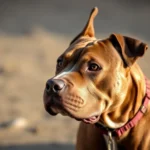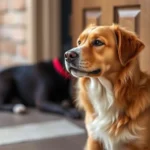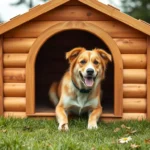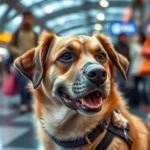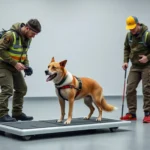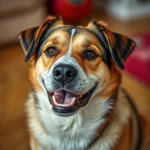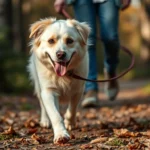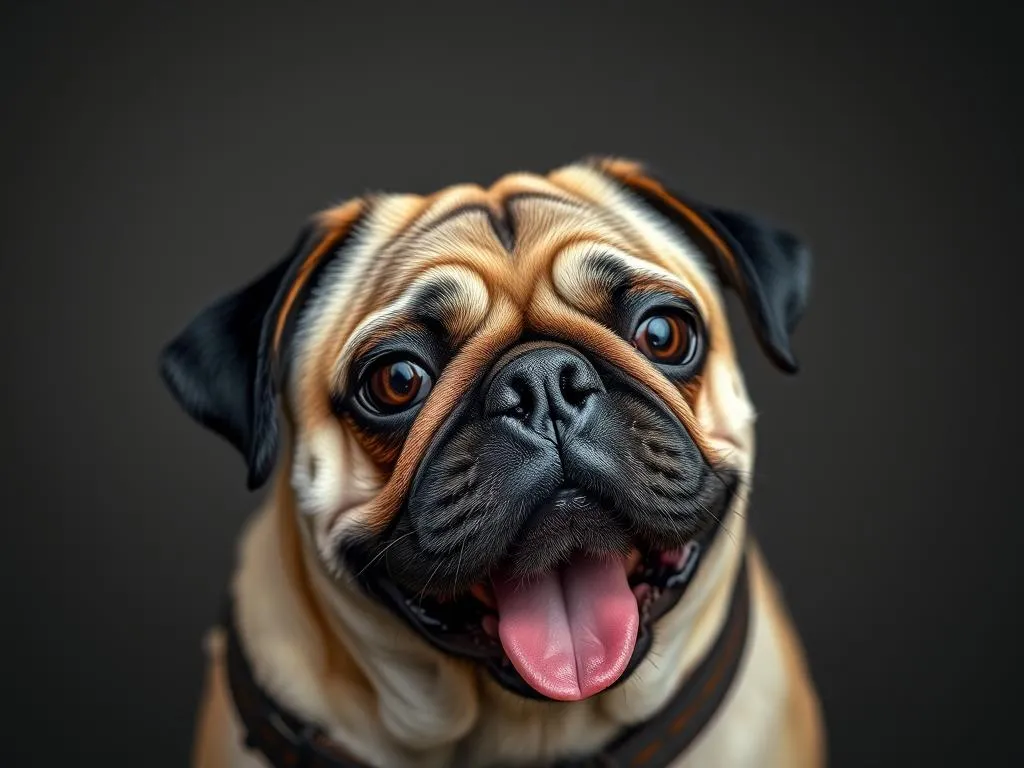
Potty training is a crucial aspect of pet ownership, especially for pugs. These affectionate and quirky little dogs have unique characteristics that may require special considerations during training. Understanding their behavior and needs is essential for successful potty training. This comprehensive guide aims to provide you with effective strategies to successfully potty train a pug.
Understanding Pugs and Their Behavior
Characteristics of Pugs
Pugs are known for their charming personalities and playful nature. They are typically friendly, sociable, and full of energy. However, pugs can also exhibit stubbornness, which may pose challenges during the potty training process. Their compact size and brachycephalic (short-nosed) structure can also lead to some specific needs when it comes to training.
Common challenges faced by pug owners include:
- Stubbornness: Pugs may take their time to learn commands, requiring patience and persistence from their owners.
- Sensitivity to Weather: Being brachycephalic, pugs can struggle in extreme heat or cold, which may affect their desire to go outside.
- Excitable Bladder: Pugs are known to get overly excited, which can lead to accidents if not properly trained.
Why Potty Training is Important
A well-trained pug not only enhances your home environment but also contributes to the dog’s overall health and happiness. Here are some benefits:
- Hygiene: Avoiding accidents in the house promotes a clean living area for both you and your pug.
- Health Benefits: Regular potty breaks can help prevent urinary tract infections and other health issues.
- Enhanced Bonding: Successful training fosters trust and communication between you and your pug.
Preparing for Potty Training
Supplies You’ll Need
Before starting the potty training process, it’s essential to gather the right supplies. Here’s a list of essential items:
- Pee Pads: Useful for indoor training, especially during inclement weather or emergencies.
- Crate: A crate can be a helpful tool for housebreaking, as dogs generally avoid soiling their sleeping area.
- Leash and Collar: Necessary for outdoor potty training sessions.
- Training Aids: Treats, a clicker, and potty training spray can help reinforce good behavior.
Choosing the Right Training Area
Selecting an appropriate outdoor space is crucial for successful potty training. Look for a quiet, designated area where your pug can comfortably go without distractions. Consistency in the location will help your pug associate that spot with potty time.
Establishing a Routine
A regular schedule is vital in the potty training process. Dogs thrive on routines, so establishing a daily pattern can significantly enhance training success. Here’s an example of a daily routine to consider:
- Morning: Take your pug outside immediately after waking up.
- After Meals: Allow potty breaks 15-30 minutes after feeding.
- Frequent Breaks: Schedule potty breaks every 2-3 hours.
- Before Bed: Ensure your pug goes outside right before bedtime.
The Potty Training Process
Step-by-Step Guide
Step 1: Introduce the Potty Area
Begin by guiding your pug to the designated potty area. Use a leash to lead them there and encourage exploration. Make it a pleasant experience by allowing them to sniff around and become familiar with the space.
Step 2: Encourage Potty Time
Utilize verbal commands and cues, such as “Go potty,” to encourage your pug to relieve themselves. Consistently use the same command so that your pug learns to associate the phrase with the action.
Step 3: Recognizing Signs of Need
Understanding your pug’s body language is crucial. Look for signs that indicate your pug needs to go outside, such as:
- Sniffing around
- Circling or pacing
- Whining or barking
- Scratching at the door
Positive Reinforcement Techniques
Positive reinforcement is a powerful training tool. Rewarding your pug for good behavior helps reinforce learning. Consider the following rewards:
- Treats: Small, tasty rewards can motivate your pug to repeat desired behaviors.
- Praise: Verbal encouragement and petting can be just as effective as treats, especially for a social breed like the pug.
Dealing with Accidents
Accidents are a normal part of the potty training process. Understanding why they happen can help you manage the situation:
- Excitement: Overexcitement can lead to involuntary urination.
- Anxiety: Changes in environment or routine can cause anxiety-related accidents.
When accidents happen, clean the area thoroughly to eliminate odors and prevent repeat incidents. Avoid punishing your pug, as this can create fear and confusion, hindering the training process.
Troubleshooting Common Issues
What to Do If Potty Training Isn’t Working
If you find that your potty training efforts aren’t yielding results, it’s essential to evaluate the situation. Look for signs that your pug may have a problem, such as:
- Frequent accidents despite consistent training
- Reluctance to go outside
- Changes in behavior or appetite
If you notice these signs, consider consulting a veterinarian or a professional trainer for guidance.
Addressing Behavioral Problems
Several behavioral issues can affect potty training success. Pugs may experience anxiety, stubbornness, or even territorial marking. Here are some potential solutions:
- Anxiety: Create a calm environment, and consider using anxiety-reducing products like pheromone diffusers.
- Stubbornness: Use engaging training techniques and ensure that training sessions are short and fun.
Alternative Training Methods
If traditional methods are not working, consider alternative techniques:
- Crate Training: This method involves confining your pug to a crate when unsupervised, encouraging them to hold it until they can go outside.
- Paper Training: Similar to pee pads, this method involves placing paper in a designated area of your home.
Each method has pros and cons, so choose the one that best fits your pug’s personality and your lifestyle.
Maintaining Potty Training Success
Transitioning Outdoors
Once your pug is consistently using pee pads or designated indoor areas, it’s time to transition to outdoor potty breaks. Gradually introduce outdoor potty sessions, ensuring they continue to understand that outside is the proper place to go.
Long-Term Maintenance
Consistency is crucial for long-term success. Continue to reinforce good habits as your pug grows. Here are some tips:
- Maintain a regular feeding and potty schedule.
- Remain patient and understanding, as occasional accidents may still occur.
- Regularly praise and reward your pug for successful outdoor potty breaks.
Conclusion
Potty training a pug requires patience, consistency, and a good understanding of their behavior. By preparing adequately, establishing routines, and employing positive reinforcement techniques, you can successfully teach your pug to go where they should. Remember, each pug is unique, and the process may take time. Stay persistent, and enjoy the bond that develops through training.
FAQs
How long does it take to potty train a pug?
The time it takes varies but typically ranges from a few weeks to several months, depending on consistency and your pug’s individual temperament.
What if my pug keeps having accidents?
Evaluate your routine and ensure your pug is getting enough potty breaks. If the problem persists, consult a vet for potential health issues.
Can I use pee pads forever?
While pee pads can be convenient, transitioning to outdoor potty breaks is generally recommended for a well-trained pug.
What are the best rewards for potty training?
Treats, praise, and playtime are great motivators. Find what your pug responds to best.
Should I punish my pug for accidents?
No, punishing your pug can create fear and confusion. Focus on positive reinforcement instead.
With dedication and love, potty training your pug can be an enjoyable and rewarding experience.
